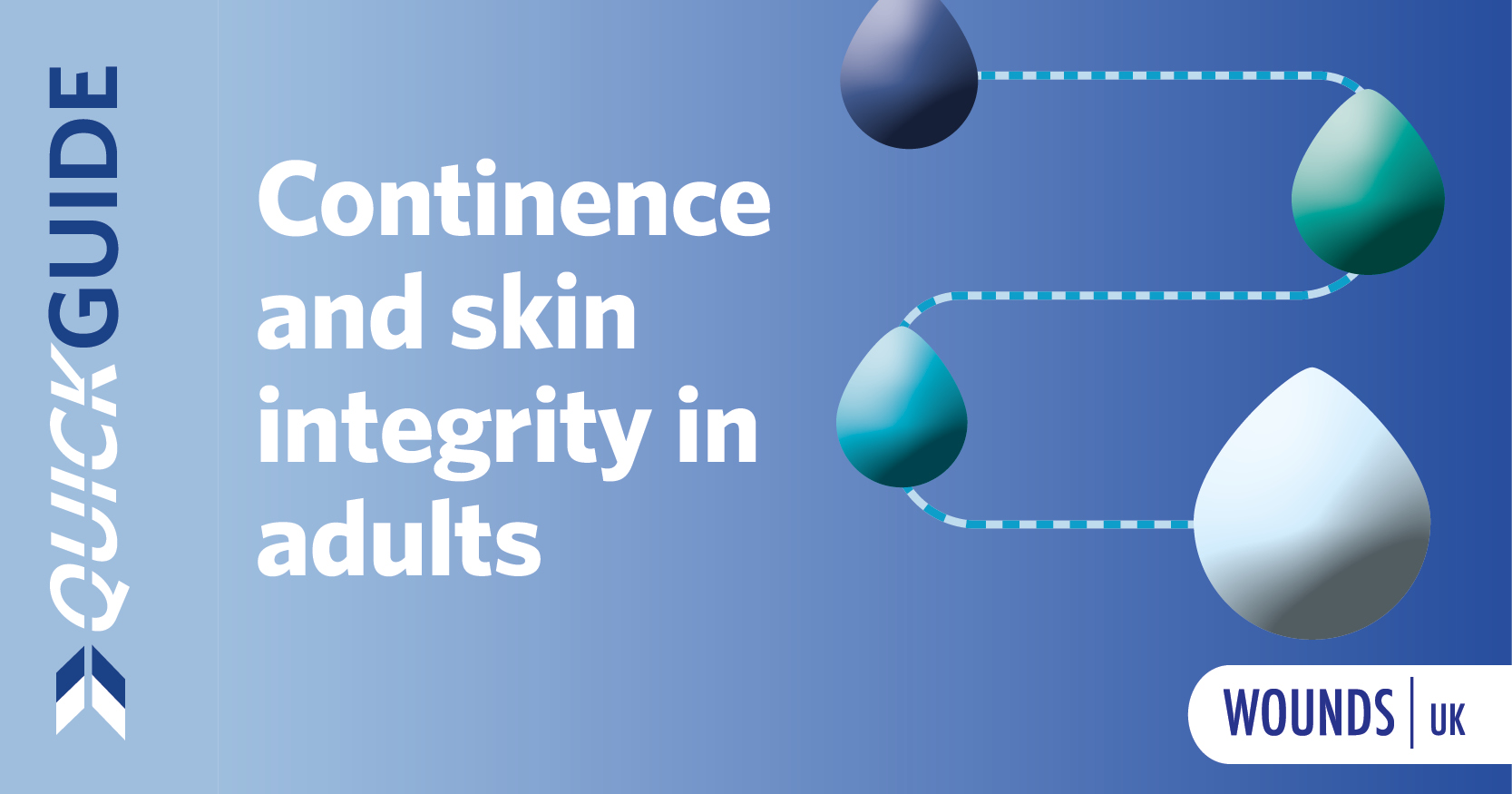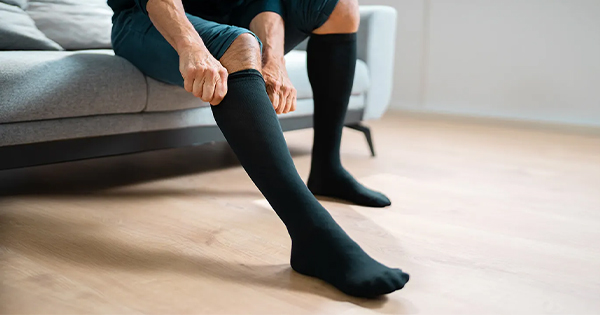Maintaining skin integrity and managing the microclimate around the skin is of paramount importance. Incontinence products such as pads or full bed mats are often used in order to absorb moisture and maintain a dry environment around the skin. Another method of protecting the skin from moisture contact is to apply a barrier cream; this is routinely done by healthcare professionals and carers. Some reports have suggested that the use of a barrier cream will hinder the efficacy of any products designed to move moisture away from the skin interface and, therefore, the use of both products in conjunction may limit their performance for their intended purpose. There are several different formulations of barrier cream commercially available for use, with various active ingredients that produce a protective barrier between the patients skin and moisture. This can either be a paste-type application or a film-type formulation that dries and leaves a protective barrier. This study aimed to identify whether there is a performance limitation of absorbent incontinence products following the application of a selection of commercially-available barrier creams and to identify whether LBF barrier cream varies significantly with respect to other barrier creams. All of the creams were found to have similar effects on incontinence pad performance, with the absorbency of the incontinence products not being significantly affected by the transfer of cream. The LBF barrier cream product compared favourably with the other commercially available formulations.




